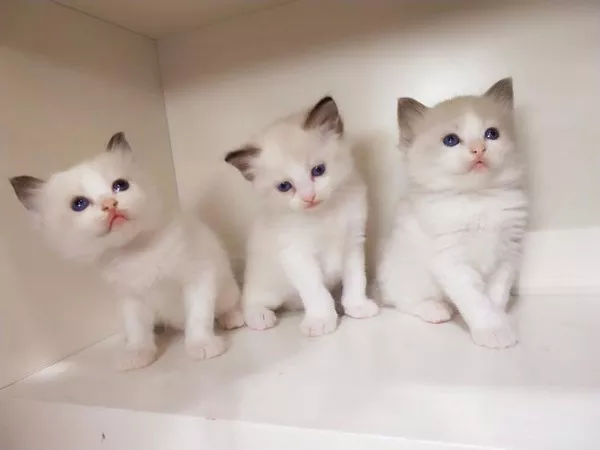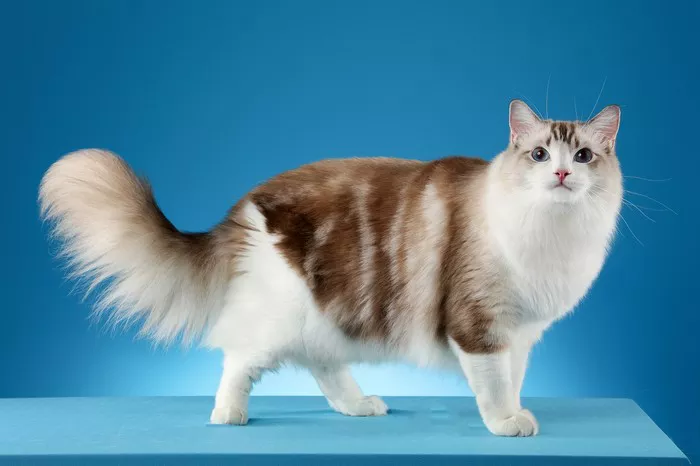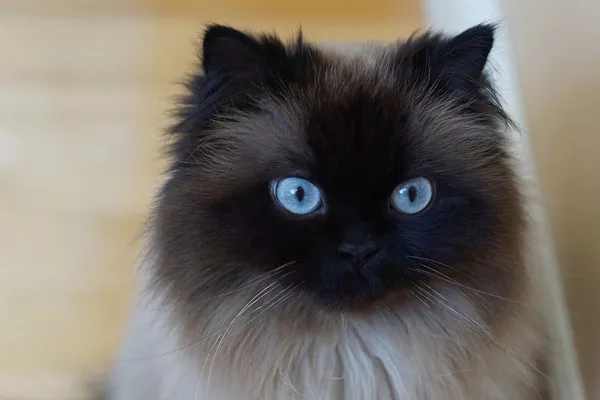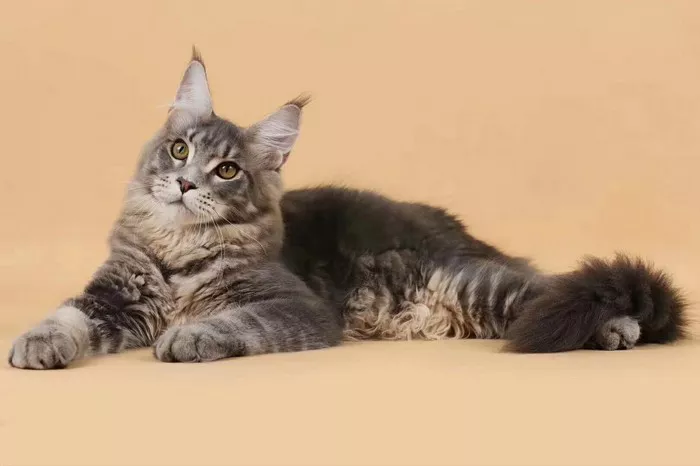Welcoming a new generation of kittens into your home is an exciting prospect, especially if your cat is expecting for the first time. However, the question on every cat owner’s mind is, “How many kittens will my cat have the first time?” This article aims to provide comprehensive insights into the factors influencing feline pregnancies and the potential litter size for first-time cat mothers.
Understanding Feline Reproduction
Before delving into the specifics of first-time pregnancies, it’s essential to grasp the basics of feline reproduction. Female cats, known as queens, typically reach sexual maturity around six months of age. Their reproductive cycles, also known as estrus or heat, occur approximately every two to three weeks. During this period, queens become receptive to mating.
Factors Influencing Litter Size
Several factors influence the number of kittens a cat will have, including genetics, age, health, and environmental conditions. While genetics play a role in determining the potential for larger or smaller litters, a cat’s overall health, nutrition, and access to a stress-free environment are equally significant in ensuring a successful and healthy pregnancy.
First-Time Pregnancy: What to Expect
First-time pregnancies, or primiparous pregnancies, may differ from subsequent pregnancies in terms of litter size. The age at which a cat experiences her first pregnancy can influence the number of kittens she carries. Cats that become pregnant at a younger age may have smaller litters compared to those that conceive later.
Average Litter Size for First-Time Mothers
The average litter size for a first-time mother cat can vary but generally ranges between one to six kittens. Factors such as breed, genetics, and individual health play crucial roles in determining the final number. Smaller cat breeds tend to have fewer kittens, while larger breeds may have slightly larger litters.
Breeds and Litter Size Variations
Different cat breeds exhibit various tendencies when it comes to litter size. While some breeds consistently produce larger litters, others may have smaller, more manageable numbers. Recognizing these variations can help cat owners better understand what to expect based on their cat’s breed.
Health and Nutrition During Pregnancy
A cat’s overall health and nutrition during pregnancy significantly impact the success of the gestation period and the well-being of the kittens. Providing a balanced and nutritious diet tailored to the specific needs of a pregnant cat is essential. Regular veterinary check-ups can ensure that the mother cat receives adequate care and address any health concerns that may arise.
Environmental Factors
Creating a stress-free and comfortable environment for a pregnant cat is crucial for a successful pregnancy and optimal litter size. Minimizing disruptions, providing a quiet and secluded nesting area, and maintaining a consistent routine can contribute to a positive pregnancy experience.
Monitoring the Expectant Queen
Observing your cat’s behavior and physical changes is essential during pregnancy. As the pregnancy progresses, you may notice physical changes such as weight gain, enlarged nipples, and a rounding of the abdomen. These signs, coupled with behavioral changes, can indicate that your cat is approaching the delivery date.
Potential Complications and Preparing for Birth
While most cat pregnancies progress smoothly, it’s essential to be aware of potential complications. Monitoring for signs of distress, such as difficulty breathing or prolonged labor, is crucial. Providing a quiet and comfortable birthing space, equipped with necessary supplies like clean towels and a heating pad, helps ensure a safe delivery.
Postnatal Care and Litter Management
After the kittens are born, attentive postnatal care is essential for both the mother and her offspring. Ensure that the mother cat has access to fresh water and a nutritionally balanced diet to support her during lactation. Monitoring the kittens’ weight gain, ensuring they are nursing well, and addressing any concerns promptly are crucial aspects of postnatal care.
See Also: Cat Reproduction: Heat Cycles, Pregnancies & More
Conclusion:
Anticipating the arrival of a litter of kittens is a thrilling experience for any cat owner. Understanding the factors that influence litter size, especially during a first-time pregnancy, allows owners to provide the necessary care and support for the expectant queen. By focusing on proper nutrition, health monitoring, and creating a conducive environment, cat owners can enhance the likelihood of a smooth and successful first-time pregnancy. As with any aspect of pet care, consulting with a veterinarian is recommended to ensure the health and well-being of both the mother and her newborns.



























